Effective marketing is no longer about blasting messages to a massive audience; it’s about strategically connecting with the right people at the right time through the most appropriate channels. Marketing channel management is the art and science of optimizing these channels – social media, email, paid advertising, content marketing, SEO, and more – to achieve specific business goals. It’s a dynamic process that requires continuous analysis, adaptation, and a deep understanding of your target market. Poorly executed channel management can lead to wasted resources and missed opportunities. Conversely, a well-planned and executed strategy can significantly boost brand awareness, generate leads, and drive sales. This article will delve into the key strategies and best practices for successful marketing channel management, providing a comprehensive guide for businesses of all sizes.

Understanding the Landscape of Marketing Channels

Choosing the right channels is the first crucial step. There’s no one-size-fits-all approach. Different channels cater to different demographics, budgets, and marketing objectives. A social media campaign might be ideal for reaching a younger audience, while email marketing could be more effective for nurturing leads and driving conversions. Understanding your target audience is paramount. Where do they spend their time online? What platforms do they use most frequently? Conducting thorough audience research – through surveys, analytics, and social listening – will inform your channel selection. Furthermore, consider the cost-effectiveness of each channel. Paid advertising can be highly effective, but it requires a budget and careful targeting. Organic channels, like SEO and content marketing, are generally more sustainable in the long run, but require consistent effort. A balanced approach, utilizing a mix of channels, is often the most successful.
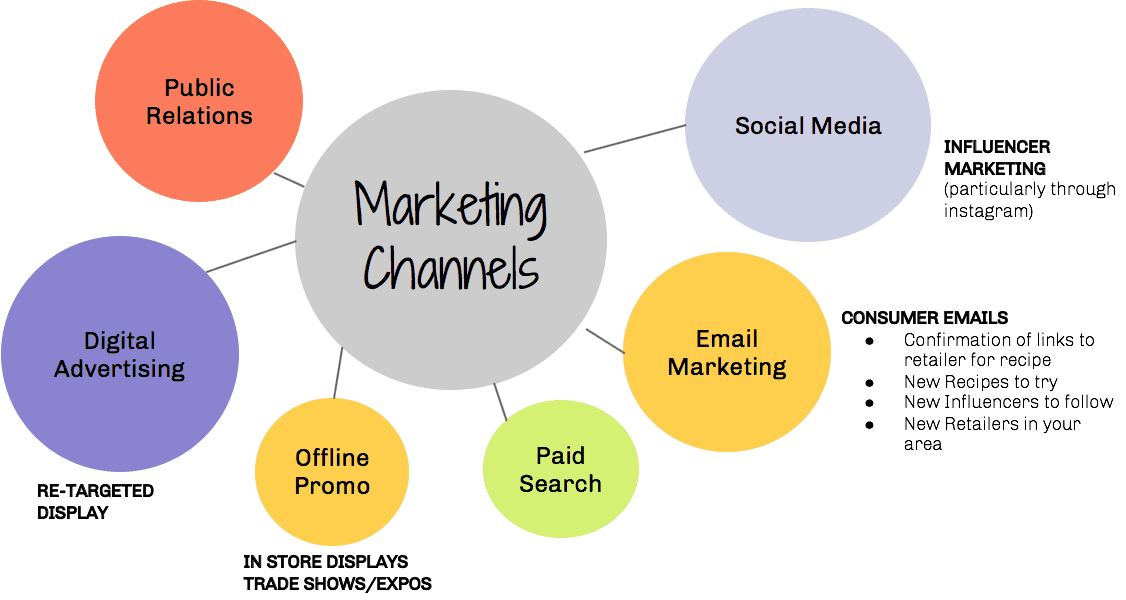
The Power of Social Media Marketing
Social media platforms have become integral to modern marketing. They offer unparalleled opportunities for brand building, customer engagement, and lead generation. However, simply posting content isn’t enough. Social media channel management requires a strategic approach. Firstly, define your social media goals – are you aiming to increase brand awareness, drive website traffic, or generate leads? Secondly, choose the right platforms for your business. For example, LinkedIn is ideal for B2B marketing, while Instagram is better suited for visually-driven brands. Thirdly, develop a content calendar that aligns with your goals and target audience. This ensures a consistent flow of engaging content. Don’t just broadcast; interact! Respond to comments, answer questions, and participate in relevant conversations. Utilize social listening tools to monitor brand mentions and identify opportunities to engage with potential customers. Paid social media advertising can amplify your reach and target specific demographics. A well-executed social media strategy can significantly enhance brand visibility and drive business results.
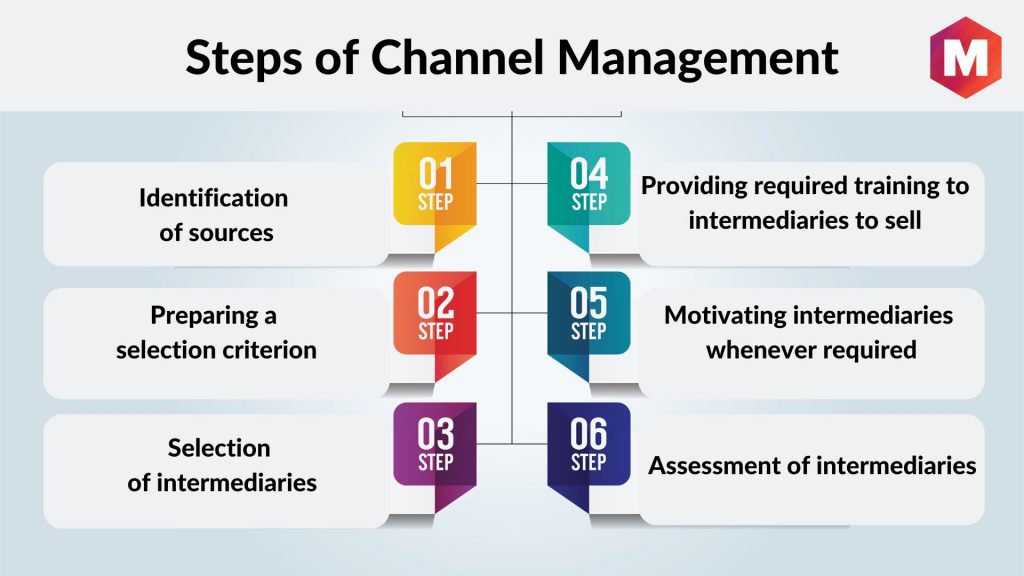
Email Marketing: Building Relationships and Driving Conversions
Email marketing remains a powerful channel for nurturing leads and driving conversions. It’s a highly personalized and cost-effective way to communicate with your audience. Marketing channel management includes building and segmenting your email list – ensuring you’re sending relevant content to the right people. Email marketing campaigns should be targeted and personalized. Segmenting your list based on demographics, purchase history, or interests allows you to deliver tailored messages. A/B testing different subject lines, content, and calls to action can significantly improve open rates and click-through rates. Automated email sequences, triggered by specific actions (e.g., signing up for a newsletter, abandoning a shopping cart), can nurture leads and encourage repeat purchases. Compliance with data privacy regulations (like GDPR and CCPA) is crucial. Ensure you have clear consent mechanisms and provide easy opt-out options. Regularly analyzing your email marketing metrics – open rates, click-through rates, and conversion rates – is essential for optimizing your campaigns.
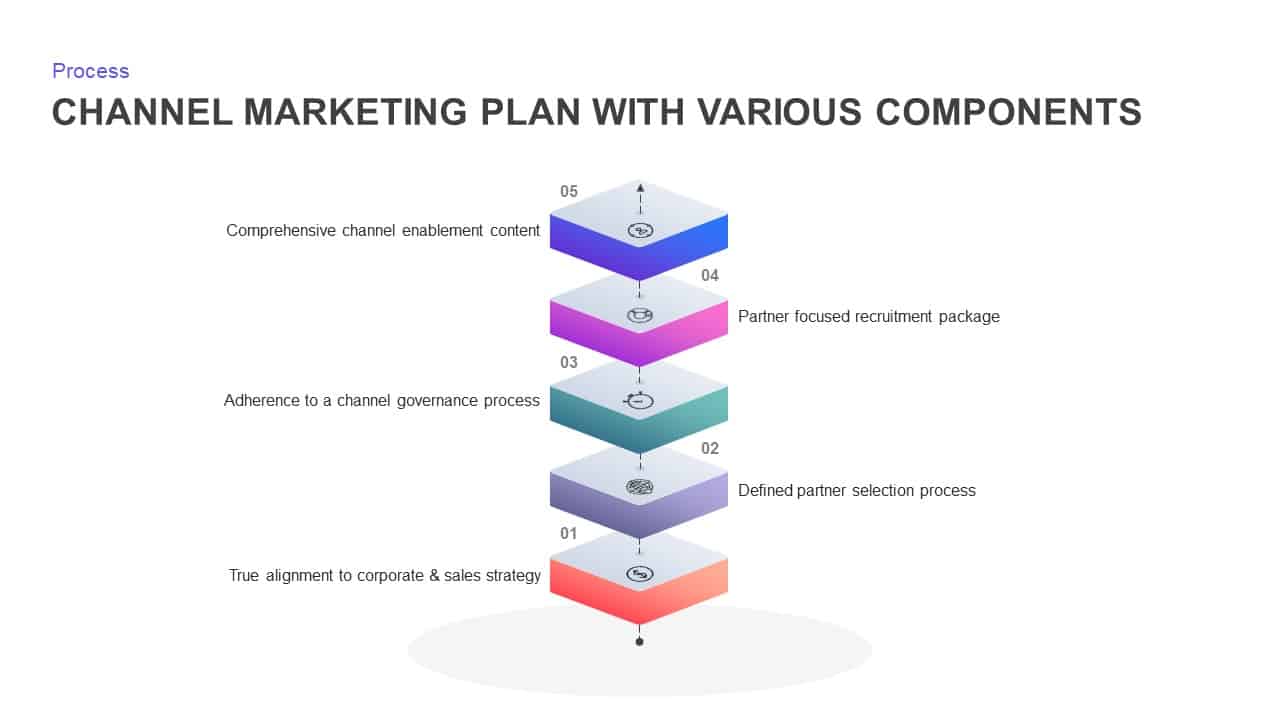
Content Marketing: Providing Value and Establishing Authority
Content marketing – creating and distributing valuable, relevant, and consistent content – is a cornerstone of effective marketing channel management. It’s about providing solutions to your audience’s problems and establishing your brand as a thought leader. Marketing channel management involves identifying content gaps and creating content that addresses those gaps. This could include blog posts, articles, infographics, videos, podcasts, and webinars. Content should be optimized for search engines (SEO) to increase organic visibility. Creating high-quality, informative content that resonates with your target audience is key. Don’t just focus on promoting your products or services; provide genuine value. Share your expertise, offer helpful tips, and answer your audience’s questions. Content marketing builds trust and credibility, leading to increased brand loyalty and customer advocacy. Repurposing existing content – turning a blog post into a series of social media updates – can maximize its reach and impact.
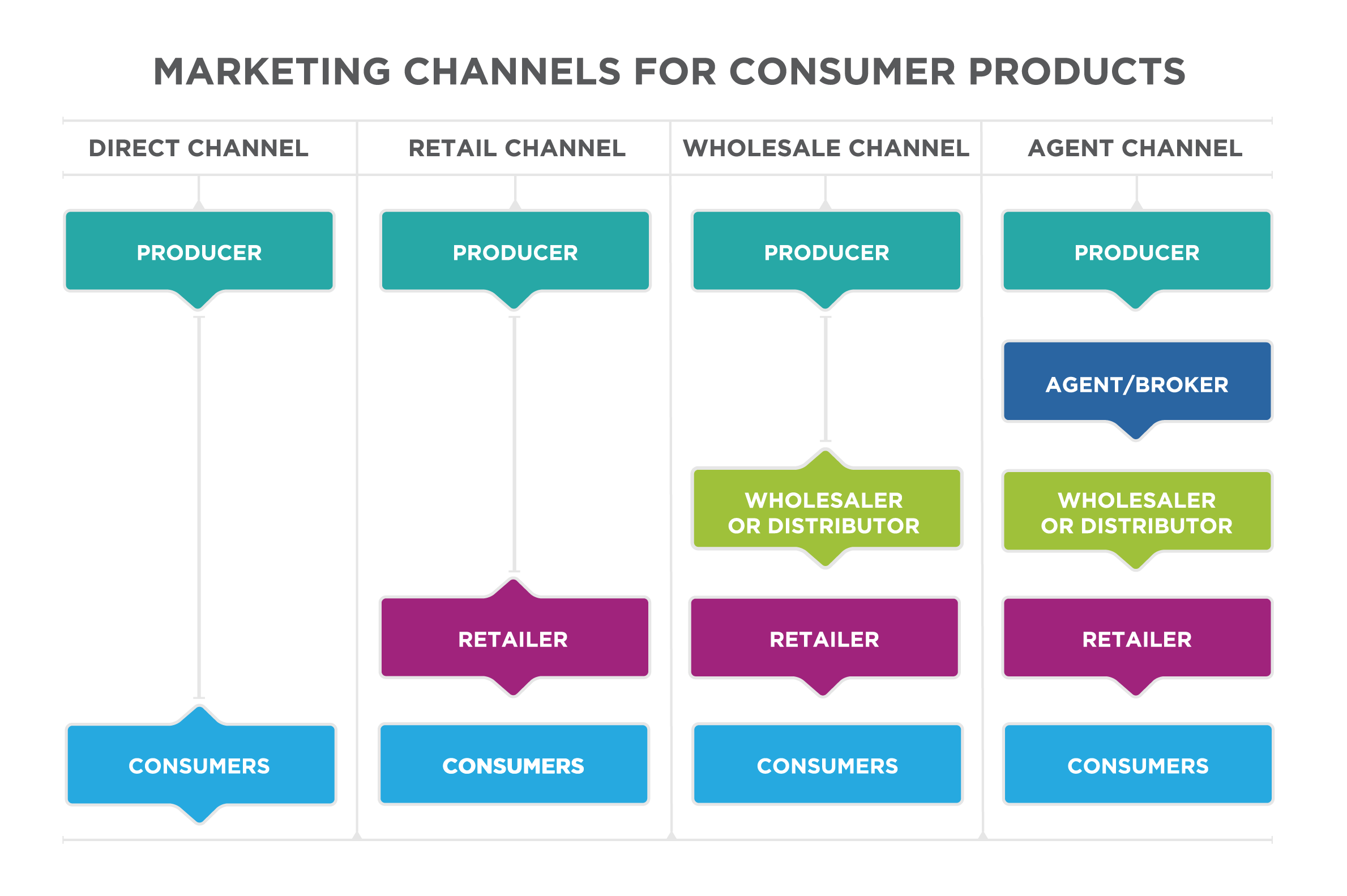
Paid Advertising: Reaching a Wider Audience
Paid advertising – such as Google Ads and social media advertising – can be a highly effective way to reach a wider audience and generate leads. Marketing channel management requires careful planning and execution. Start with a clear understanding of your target audience and budget. Choose the right platforms for your advertising goals. Utilize targeted advertising to reach specific demographics, interests, and behaviors. Continuously monitor and optimize your campaigns to improve performance. A/B testing different ad creatives, headlines, and calls to action can significantly boost conversion rates. Retargeting – showing ads to people who have previously visited your website – can be a particularly effective strategy for driving conversions. Tracking key metrics like cost per acquisition (CPA) and return on ad spend (ROAS) is essential for measuring the success of your campaigns.
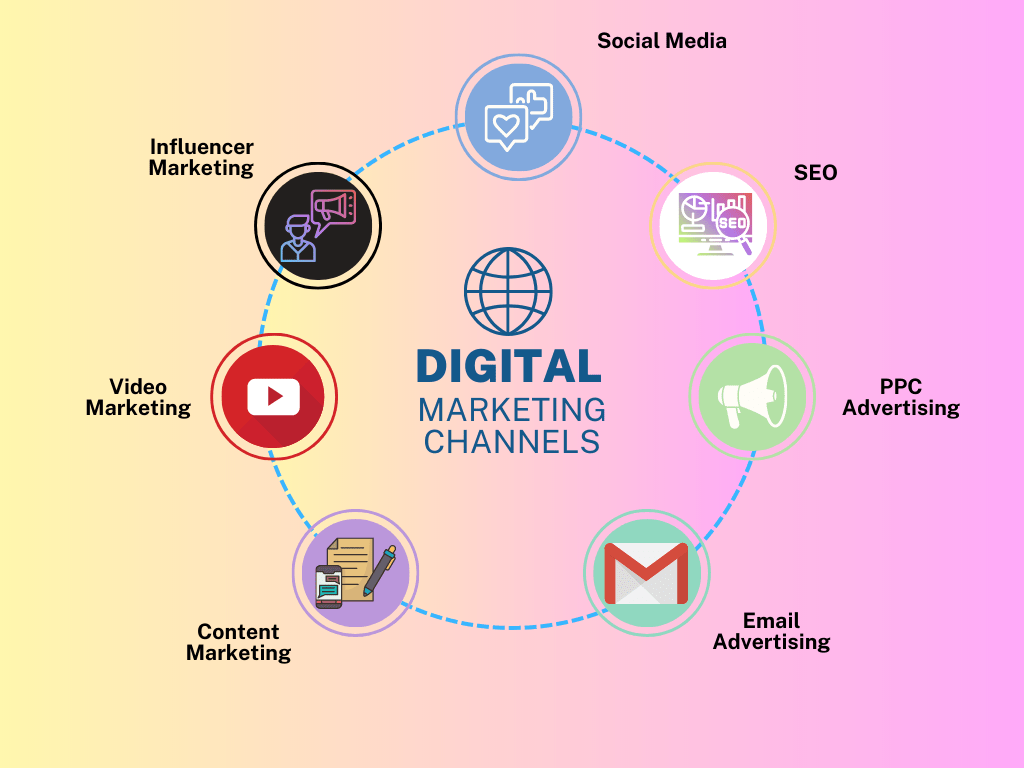
SEO and Website Optimization: The Foundation of Success
Search Engine Optimization (SEO) is critical for driving organic traffic to your website. Marketing channel management includes implementing SEO best practices to improve your website’s ranking in search results. This involves keyword research, on-page optimization (optimizing your website content and structure), off-page optimization (building backlinks from other reputable websites), and technical SEO (ensuring your website is technically sound). Mobile-friendliness is crucial – ensuring your website is responsive and provides a seamless experience on all devices. Website speed is also important – optimizing images and minimizing code can significantly improve loading times. Content optimization – using relevant keywords in your content – is essential for attracting search engine crawlers. Regularly monitoring your website’s performance using tools like Google Analytics is vital for identifying areas for improvement.
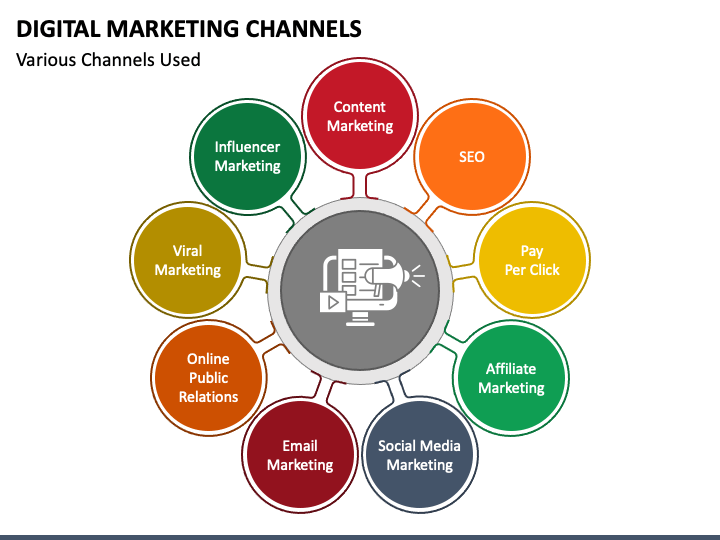
Analytics and Reporting: Measuring and Refining Your Strategy
Tracking key metrics is essential for understanding the effectiveness of your marketing channel management efforts. Utilize analytics tools like Google Analytics, social media analytics dashboards, and email marketing reporting to monitor your progress. Key metrics to track include website traffic, lead generation, conversion rates, social media engagement, and email open rates. Regularly analyze your data to identify trends and areas for improvement. Use this data to refine your channel strategy and optimize your campaigns. Don’t just collect data; translate it into actionable insights. Create reports that clearly communicate your findings to stakeholders. A data-driven approach is essential for maximizing the return on your marketing investment.

Conclusion
Effective marketing channel management is a complex but rewarding endeavor. It requires a strategic approach, a deep understanding of your target audience, and a commitment to continuous optimization. By carefully selecting the right channels, crafting compelling content, and consistently tracking your results, you can significantly enhance your brand visibility, generate leads, and drive sales. The key to success lies in adapting your strategy to the ever-changing landscape of digital marketing. Remember that marketing channel management is not a one-time project; it’s an ongoing process of experimentation, analysis, and refinement. By embracing a data-driven approach and consistently striving to improve your performance, you can achieve sustainable growth and success in the competitive world of marketing.
